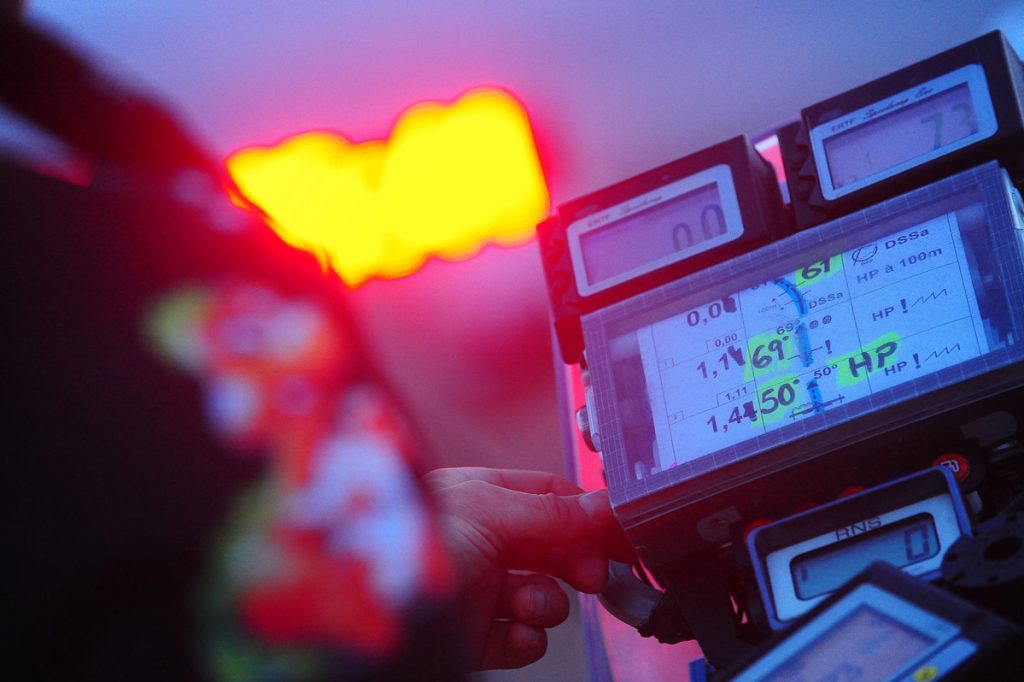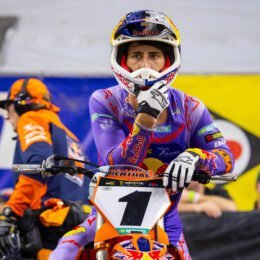Jordi Viladoms’ Road Book School
Speed in cross-country rallies is useless without good navigation to back it up. The skill required in both marking and reading a road book separates the great from the good, especially at races like the Dakar Rally. KTM Rally Team Manager Jordi Viladoms takes us through the all-important, and often misunderstood, roll of paper.
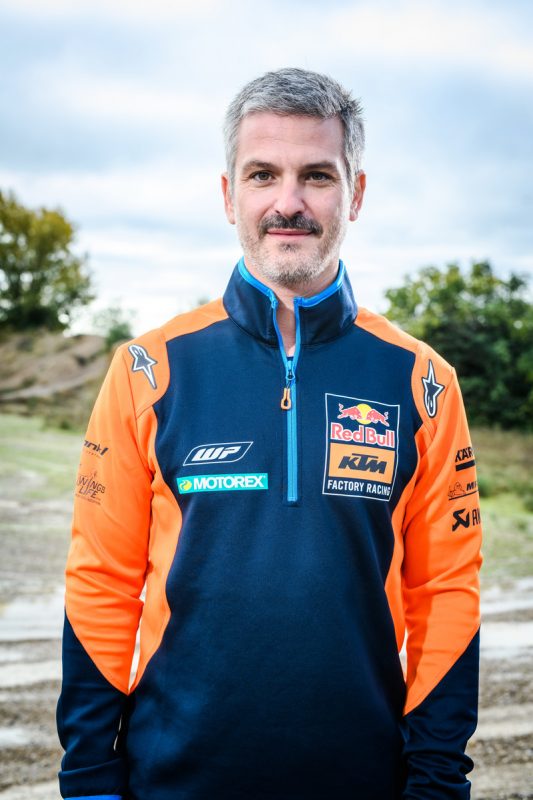
Jordi Viladoms (ESP) 2018 © Sebas Romero
With the 2019 Dakar being held exclusively in Peru, with the majority contested in the expansive sand dunes of the Peruvian desert, navigation will be key throughout the 10-day competition. Looking back to the 2018 event, the four days spent in Peru proved to be some of the toughest of the rally, both in terms of navigation through the featureless landscape and the sheer physical and mental strain endured by the athletes.
Jordi Viladoms is no stranger to the Dakar Rally having ridden the event 10 times himself. The KTM Rally Team Manager takes us through the road book used by the Dakar riders and how it can make the difference between securing a top stage result or getting lost and losing valuable time in the desert.
“The road book itself is quite simple – it tells you how far you have travelled and takes you from reference to reference by helping you to plan the route that lies in front of you. Printed on a roll of paper, it is made up of three columns – the first shows you the distance from the start of the stage, the second is the terrain, obstacles and dangers at that specific distance and the third contains additional information, other points of interest and reinforces the danger markers.”
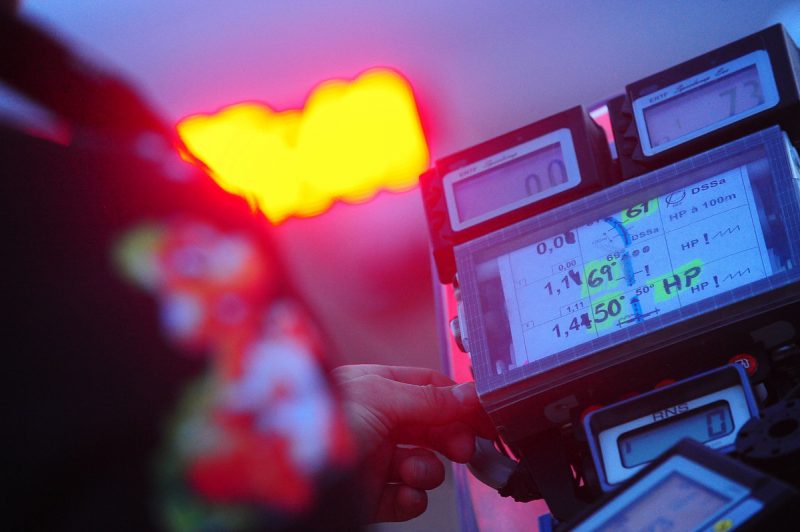
KTM 450 RALLY Dakar 2018 © PhotosDakar.com
“At the end of each day of racing, riders are given the road book for the next day. You have probably seen the photos of them with lots of colored markers, going through the road book adding notes and coloring them in. Each rider has his or her own method for marking their own road book, but the objective is always the same – make the road book easier to read at speed by highlighting any dangers as well as the important information needed to follow the correct route – your heading, waypoints, etc.”
“Although it looks like fun, this process of marking your own road book and understanding the following day’s route is extremely important. Most of the terrain you encounter in the rallies is unpredictable and you have never seen it before. Because of this, you will find the top riders mark their road book and then go through it several times. Often, they try to visualize the stage so that when they come to ride it the following day, they have a good idea of what to expect.”
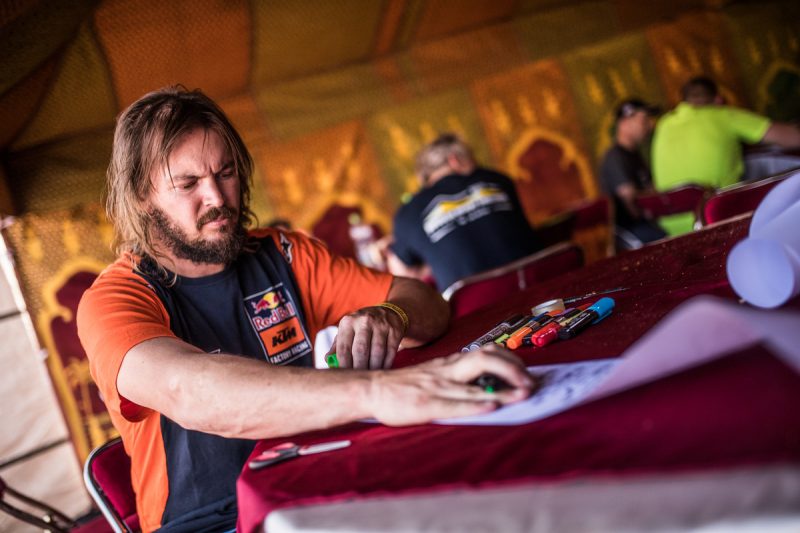
Toby Price (AUS) Merzouga Rally 2018 © Marcin Kin
“On the bike, the road book is mounted on a couple of rollers and you scroll through using thumb-buttons mounted on the handlebars. Part of the skill of cross-country rallying is the ability to glance down for a split-second and understand your road book immediately. You don’t have time to study the information or symbols as you are covering the ground so fast. To master this and become completely familiar with the symbols and instructions can take quite some time.”
“At the very top level of competition, riders are prepared for turns and obstacles that still lie miles ahead. It’s this skill that separates the very elite of rallying and enables them to maintain a fast pace throughout the timed specials.”
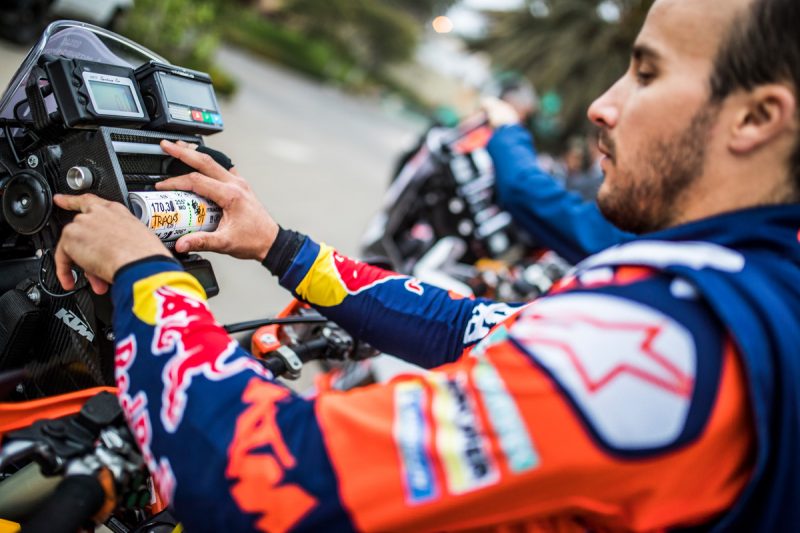
Sam Sunderland (GBR) KTM 450 RALLY Desafio Inca 2018 © Marcin Kin
“Of course, the KTM Factory Racing Team practices very hard on both their riding and navigation but one thing that is difficult to practice for is the fatigue and loss of concentration when racing. Something as simple as pressure to get a good result can affect your concentration, but in a rally like the Dakar, days upon days riding 100s of kilometers in the heat of the desert can seriously affect your ability to focus. This is where mistakes can be made and as such, rally riders need to be both physically and mentally strong to overcome the challenge.”
“Although the road books are generally very accurate, sometimes the information can be slightly off, or dangers can be missing – so riders still have to expect the unexpected. Terrain can also change from when the road books were created. For example, dunes can shift, holes can form and rivers can flood. A good rally rider is always ready to react to these things and again, being able to adapt can make the difference between claiming a top result or losing several minutes in any stage.”
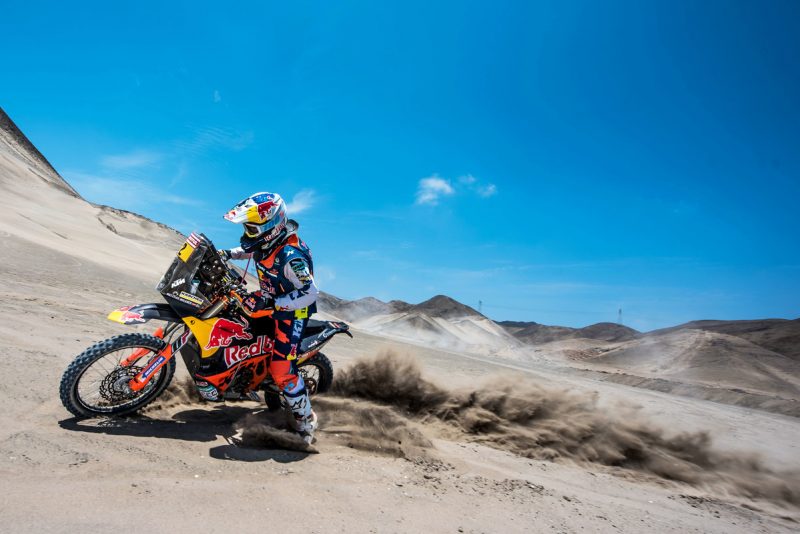
Matthias Walkner (AUT) KTM 450 RALLY Dakar 2018 © PhotosDakar.com
For the 2019 Dakar Rally, the six-rider KTM Factory Racing Team will all need to mark and understand their road books for each one of the 10 stages of the event. Faced with timed specials covering 2,880 kilometers of sand, dunes and desert, the riders could be facing one of the most challenging Dakars to date. With the team aiming to claim KTM’s 18th consecutive victory at the event, the winner will unquestionably have mastered the art of the cross-country rally road book.
Photos: Sebas Romero | PhotosDakar.com | Marcin Kin

